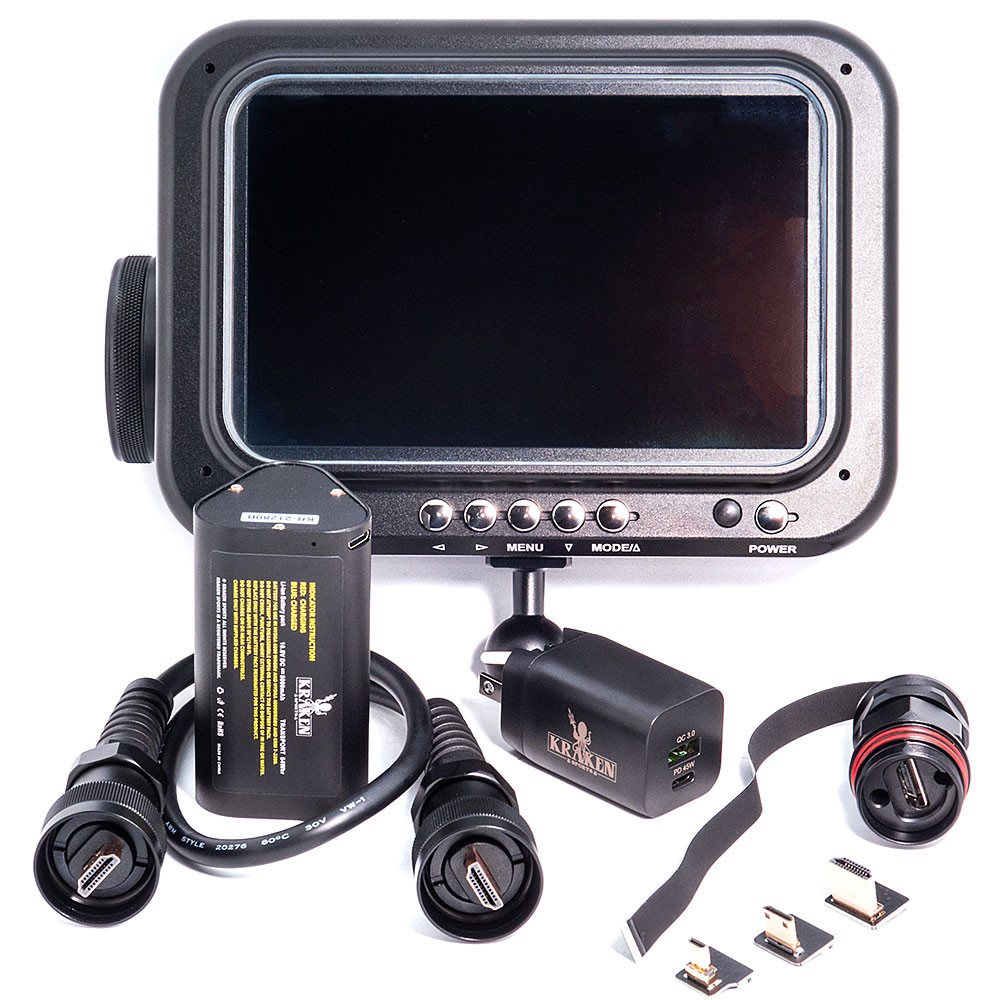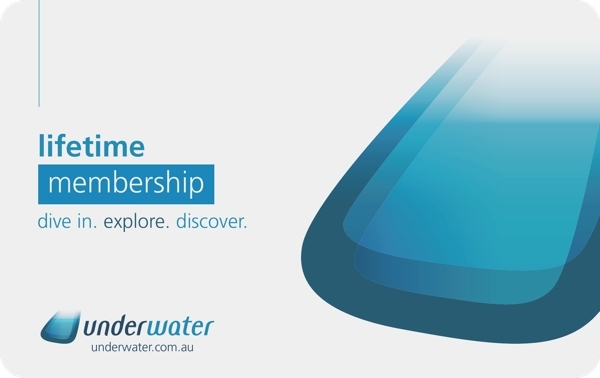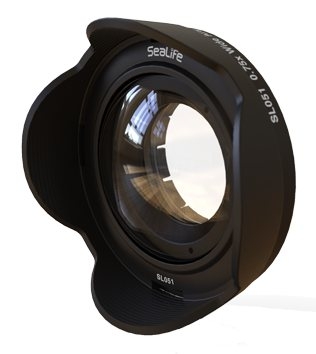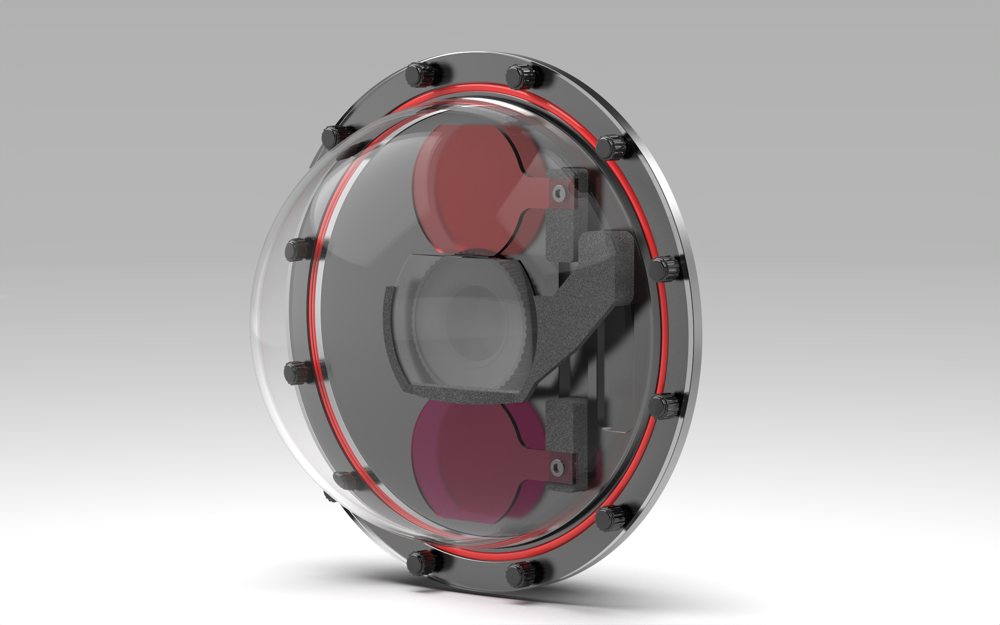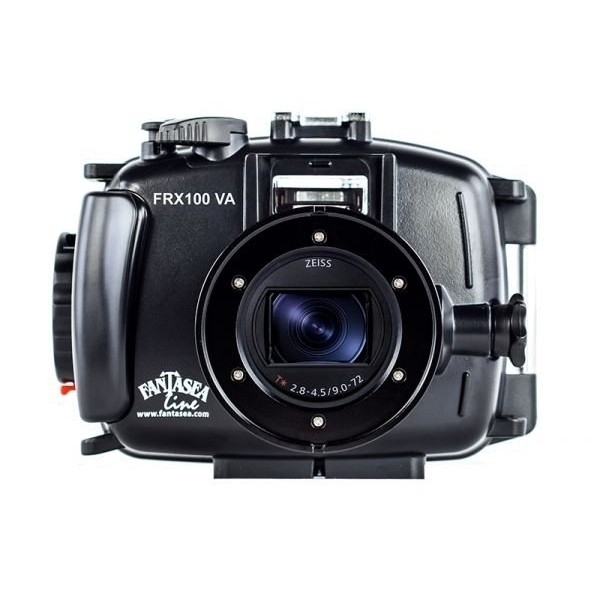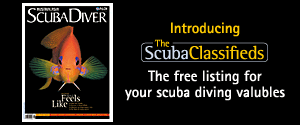- Home
- Directory
- Shop
- Underwater Cameras - Photographic Accessories
- Smartphone Housings
- Sea Scooters
- Hookah Dive Systems
- Underwater Metal Detectors
- Dive Gear
- Dive Accessories
- Diving DVD & Blu-Ray Discs
- Diving Books
- Underwater Drones
- Drones
- Subscriptions - Magazines
- Protective Cases
- Corrective Lenses
- Dive Wear
- Underwater Membership
- Assistive Technology - NDIS
- On Sale
- Underwater Gift Cards
- Underwater Art
- Power Stations
- Underwater Bargain Bin
- Brands
- 10bar
- AOI
- AquaTech
- AxisGo
- Backscatter Underwater Video and Photo
- BLU3
- Cayago
- Chasing
- Cinebags
- Digipower
- DJI
- Dyron
- Edge Smart Drive
- Eneloop
- Energizer
- Exotech Innovations
- Fantasea
- Fotocore
- Garmin
- Geneinno
- GoPro
- Hagul
- Hydro Sapiens
- Hydrotac
- Ikelite
- Indigo Industries
- Inon
- Insta360
- Intova
- Isotta Housings
- Jobe
- JOBY
- Kraken Sports
- LEFEET
- Mirage Dive
- Nautica Seascooters
- Nautilus Lifeline
- NautiSmart
- Nitecore
- Nokta Makro
- Oceanic
- Olympus
- OM System
- Orca Torch
- Paralenz
- PowerDive
- QYSEA
- Scubajet
- Scubalamp
- Sea & Sea
- SeaDoo Seascooter
- SeaLife
- Seavu
- Shark Shield
- Sherwood Scuba
- Spare Air
- StickTite
- Sublue
- Suunto
- SwellPro
- T-HOUSING
- Tusa
- U.N Photographics
- Venture Heat
- XTAR
- Yamaha Seascooter
- Youcan Robot
URALBA
Contributed by Bob T

The Uralba was a wooden hulled vessel, built for the North Coast Steam Navigation Company, but pressed into service by the Navy as soon as she was completed. Being wooden hulled, the last of her kind, she was an ideal ship to serve as a minefield tender, having very little metal to attract mines.
She also doubled as an armament and stores carrier between Brisbane and Milne Bay, and it was there that she carried supplies to my father, along with other members of his anti-aircraft contingent.
Dad told me that the first thing they all did as they cleared the Brisbane River on their way to the steamy tropics and Milne Bay was to jettison their heavy woollen underwear, provided by a thoughtful Government.
There were two guns on the Uralba, mounted fore and aft, similar to the guns Dad trained on before going through jungle training hell at Canungra.
Dad was a predictor on a Bofors crew, laboring with the clumsy mechanical computer he was so proud of, calling the gun-layer to place the rapid-fire rounds in the path of approaching Zekes, Betty bombers and Emily flying boats, aircraft which I would dive on over fifty years later in clear tropical waters.
Whenever one of the slim-waisted frigates of the Navy was in town, heíd take us to the docks at Port Melbourne to visit her. If we were lucky, weíd be welcomed along the narrow gangway, and Dad would sit us in the seat he used to occupy in the War. I could never get used to how few of my small footsteps it took to get from one side rail to the other.
Iím floating in front of the Uralba now, looking up at her bow through the murky water. All around me is brown ñ brown water, brown ship. Port Phillip isnít always a kind resting-place for a ship, and today I can see little further than my hand. Touching the ship will stir up silt, yet I cannot resist reaching out to her as if touching a talisman. My father, dead after twenty years of peace, seems very close to me now.
With the others I fin the length of the ship, still a mystery to us, shrouded as she is in brown. We need torches to read our gauges; the summer sun wonít reach down here, even though weíre but twenty metres below our waiting boat. Much of the time weíre working our reels, paying out line to follow back to our starting point. Thereís no armament on the Uralba now, and no superstructure. Itís all been cleared away, no sign of her original two masts, theyíve cleared the deck, smashing away history to preserve the safety of latter-day shipping. I wonder why youíd scuttle a ship in such shallow waters if you then have to decapitate her in an underwater clear-felling.
We fin over hatches, too filled with silt to penetrate today. Theyíre festooned with necklaces of fishing line. The brightly ñ coloured jigs and lures flash in the torchlight as we fill our pockets, trying to rid the Uralba of the deadly jewellery that snares so much of our aquatic life.
I drift slowly along the hull, taking in the ship two feet at a time, all I can see. Iím looking for a hatch that might give on to a bunkroom, perhaps where my father slept in those perilous nights on the Coral Sea. But I donít find one, and now my buddyís giving me a thumbs-up, the signal to ascend, one you donít question in wreck diving.
I take a last look at the Uralba and follow my bubbles up. As we hang at the safety stop I look down, trying to picture her as she lies fifteen metres below us, concealed in the murk. She lies there in a mantle of sepia, much like the pictures of my father in wartime Milne Bay.
Shopfront
-
 Fotocore M15 PRO Photo/Video Light - 15,000 lumens
Fotocore M15 PRO Photo/Video Light - 15,000 lumens
- Price A$ 1,999.00
-
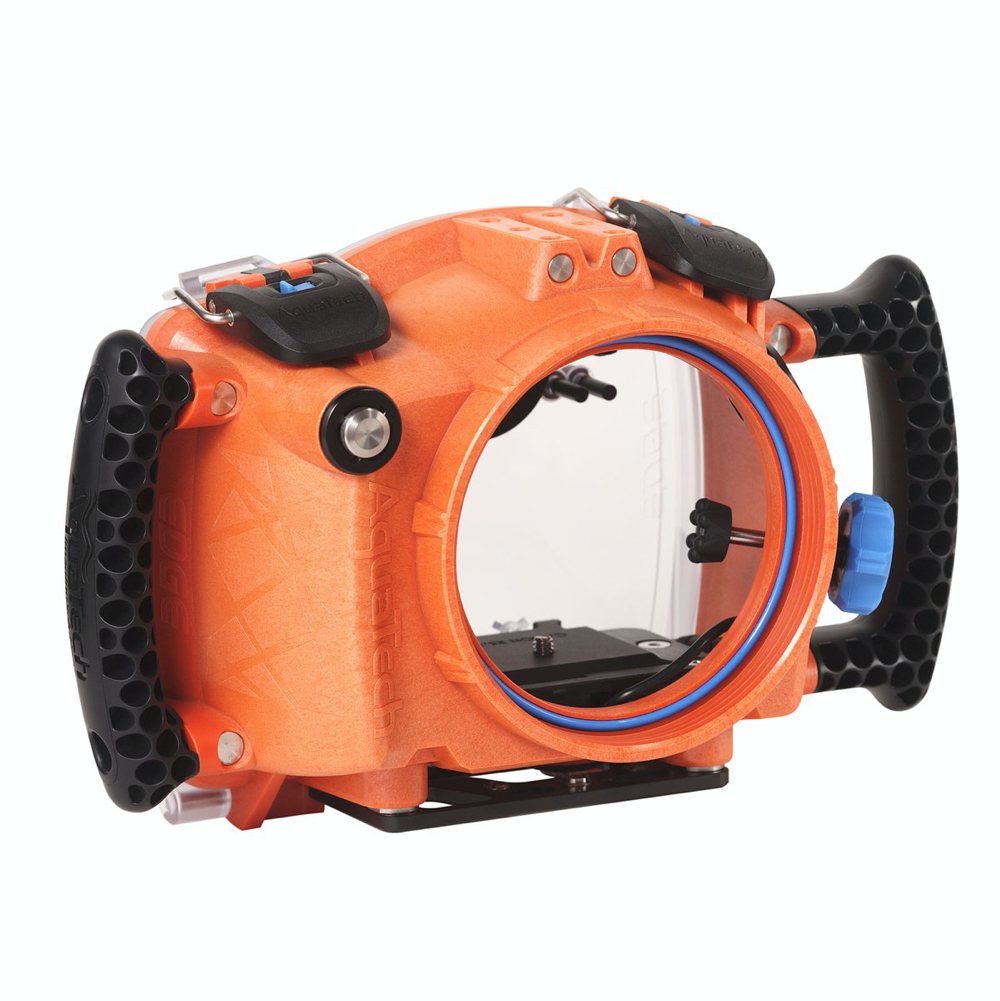 AquaTech EDGE Base Camera Water Housings - Sony mirrorless
AquaTech EDGE Base Camera Water Housings - Sony mirrorless
- Price A$ 1,249.00
-
 Stickon Bifocals - StickTite Lenses - 40mm
Stickon Bifocals - StickTite Lenses - 40mm
- Price A$ 69.95
-
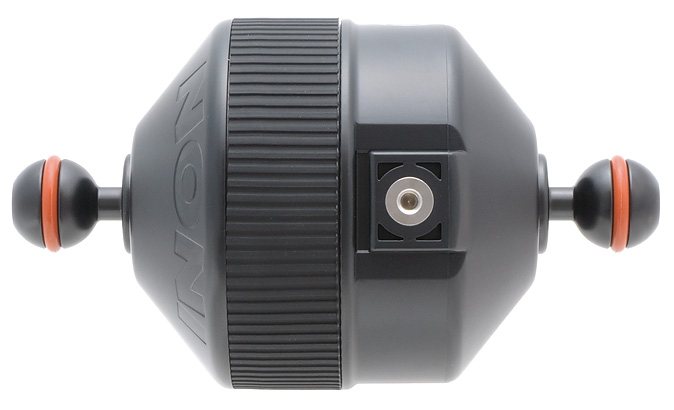 Inon Mega Float Arms
Inon Mega Float Arms
- Price A$ 129.95
-
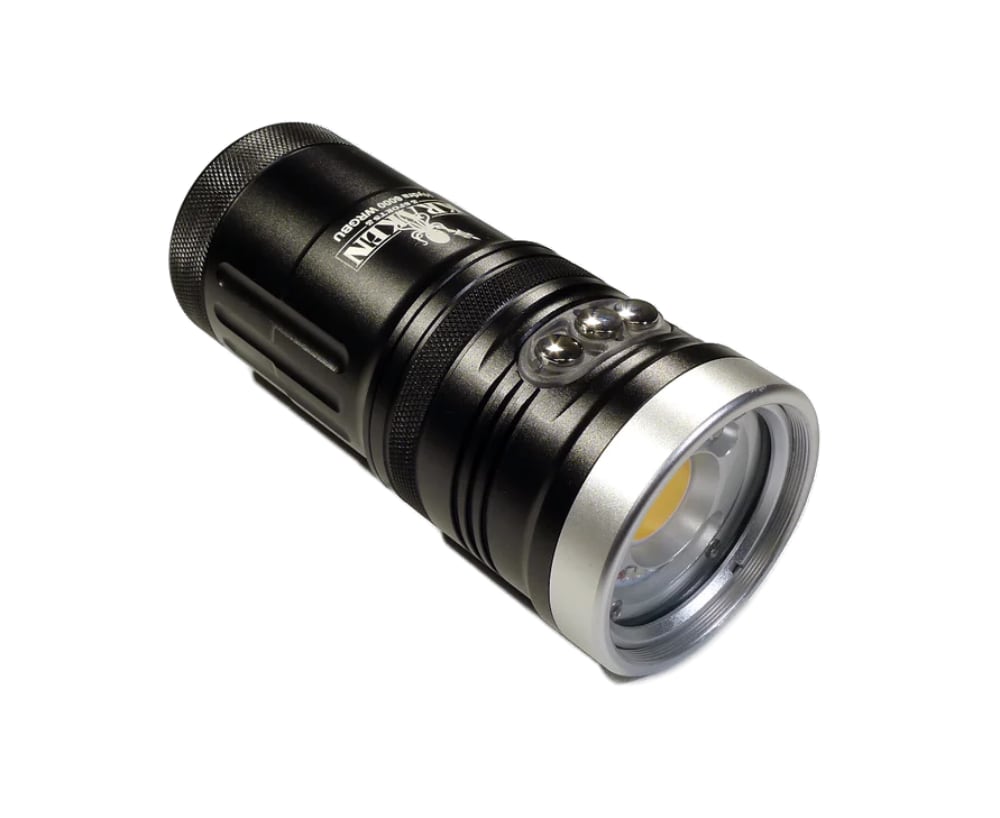 Kraken Hydra 6000 WRGBU
Kraken Hydra 6000 WRGBU
- Price A$ 899.00
-
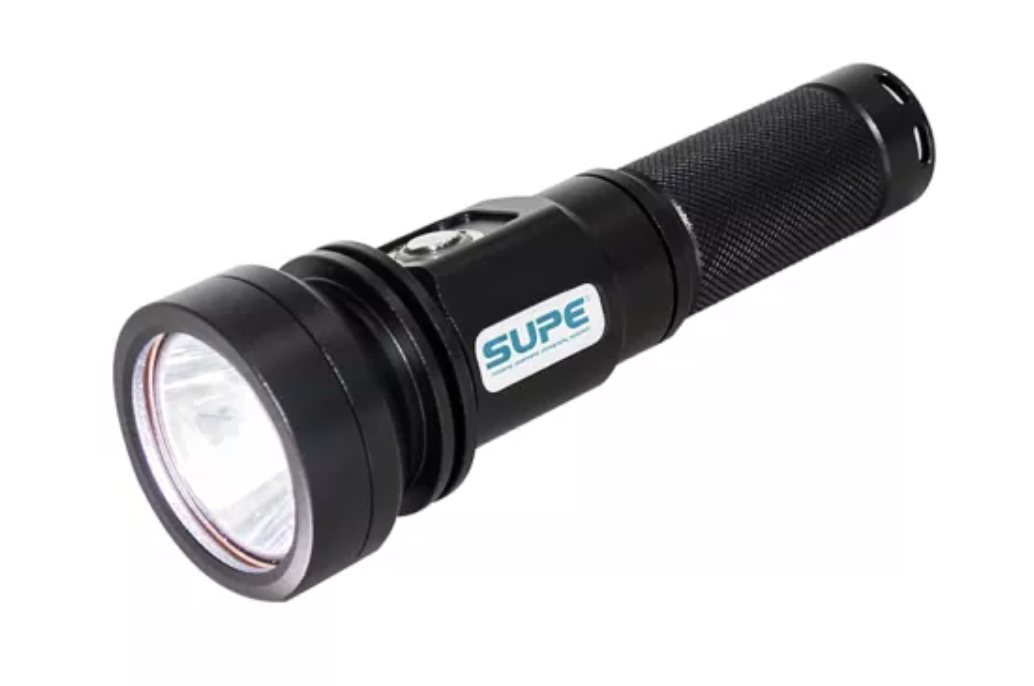 SUPE Scubalamp RD92 LED Recreational Diving Torch - 2000 lumens
SUPE Scubalamp RD92 LED Recreational Diving Torch - 2000 lumens
- Price A$ 189.00
-
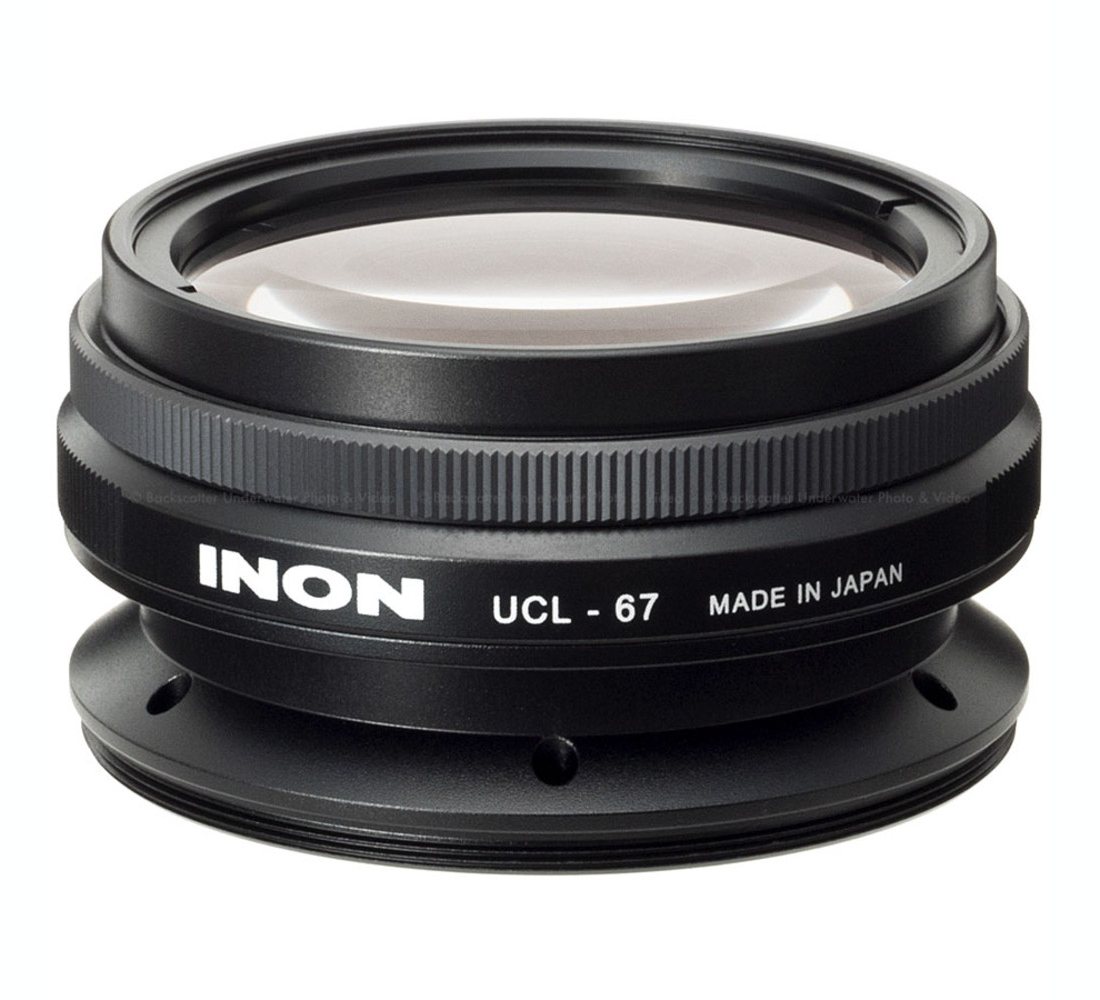 Inon UCL-67 M67 Underwater Close-up Macro Lens +15
Inon UCL-67 M67 Underwater Close-up Macro Lens +15
- Price A$ 549.00
-
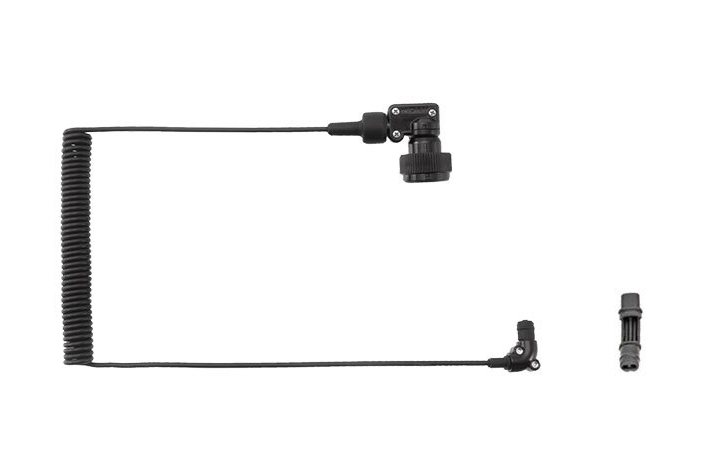 Inon Optical D Cable Type L Rubber Bush Set 2
Inon Optical D Cable Type L Rubber Bush Set 2
- Price A$ 139.00
In the Directory



